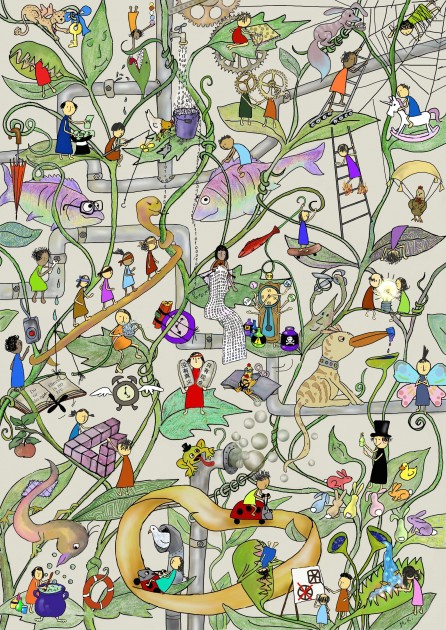Derek Jones from The Shape of Code
My book, Evidence-based software engineering, is now available; the pdf can be downloaded here, here and here, plus all the code+data. Report any issues here. I’m investigating the possibility of a printed version.
The original goals of the book, from 10-years ago, have been met, i.e., discuss what is currently known about software engineering based on an analysis of all the publicly available software engineering data, and having the pdf+data+code freely available for download. The definition of “all the public data” started out as being “all”, but as larger and higher quality data was discovered the corresponding were ignored.
The intended audience has always been software developers and their managers. Some experience of building software systems is assumed.
How much data is there? The data directory contains 1,142 csv files and 985 R files, the book cites 895 papers that have data available of which 556 are cited in figure captions; there are 628 figures. I am currently quoting the figure of 600+ for the ‘amount of data’.

Things that might be learned from the analysis has been discussed in previous posts on the chapters: Human cognition, Cognitive capitalism, Ecosystems, Projects and Reliability.
The analysis of the available data is like a join-the-dots puzzle, except that the 600+ dots are not numbered, some of them are actually specs of dust, and many dots are likely to be missing. The future of software engineering research is joining the dots to build an understanding of the processes involved in building and maintaining software systems; work is also needed to replicate some of the dots to confirm that they are not specs of dust, and to discover missing dots.
Some missing dots are very important. For instance, there is almost no data on software use, but there can be lots of data on fault experiences. Without software usage data it is not possible to estimate whether the software is very reliable (i.e., few faults experienced per amount of use), or very unreliable (i.e., many faults experienced per amount of use).
The book treats the creation of software systems as an economically motivated cognitive activity occurring within one or more ecosystems. Algorithms are now commodities and are not discussed. The labour of the cognitariate is the means of production of software systems, and this is the focus of the discussion.
Existing books treat the creation of software as a craft activity, with developers applying the skills and know-how acquired through personal practical experience. The craft approach has survived because building software systems has been a sellers market, customers have paid what it takes because the potential benefits have been so much greater than the costs.
Is software development shifting from being a sellers market to a buyers market? In a competitive market for development work and staff, paying people to learn from mistakes that have already been made by many others is an unaffordable luxury; an engineering approach, derived from evidence, is a lot more cost-effective than craft development.
As always, if you know of any interesting software engineering data, please let me know.

